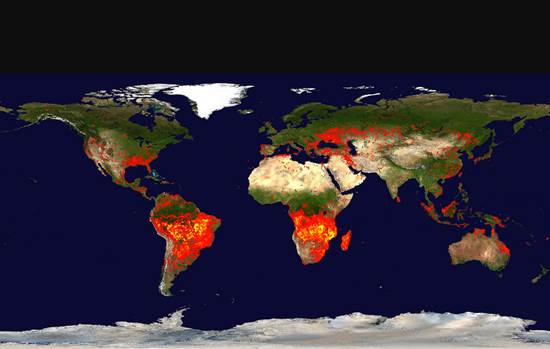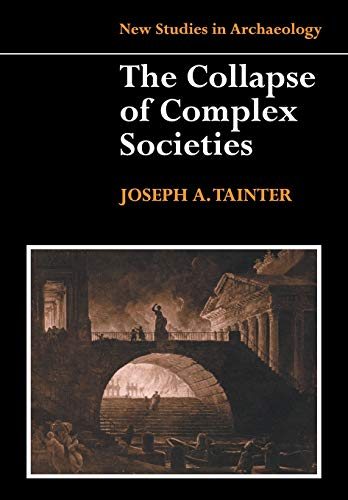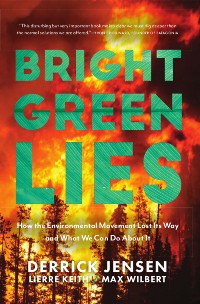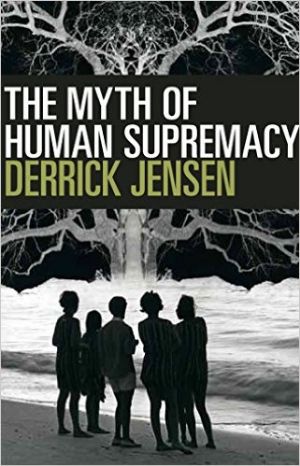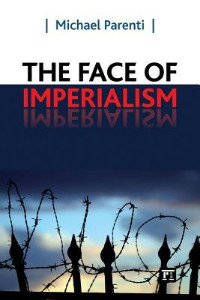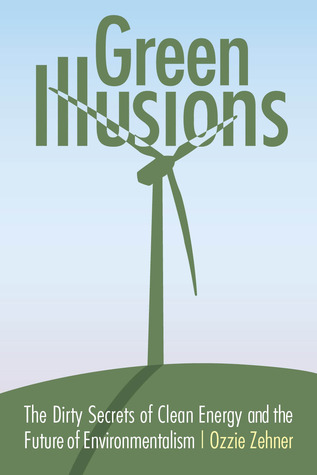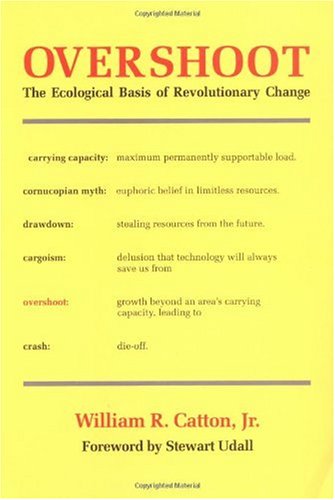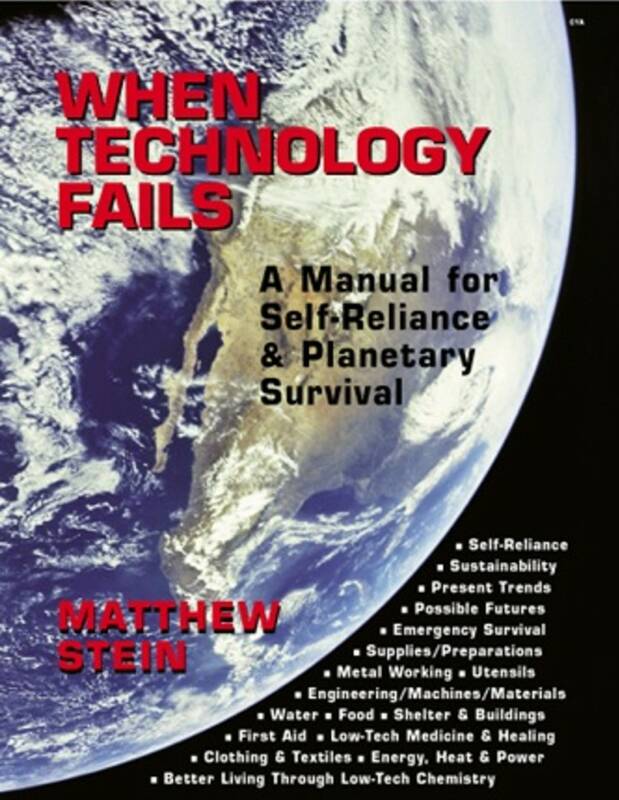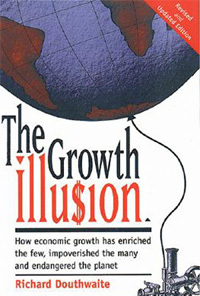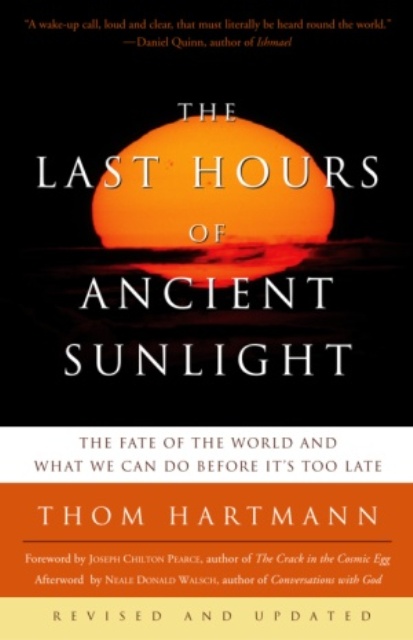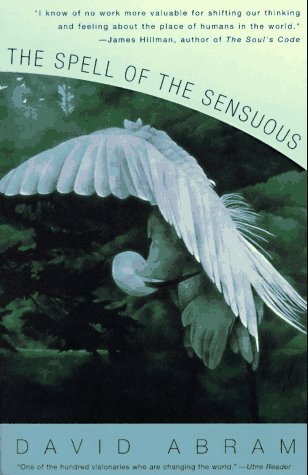The effects of encroaching deserts and of fire storms on terrestrial forests, originally developed under moderate conditions distinct from those emerging under rapid global warming and extreme weather events, may have been underestimated. Average global temperatures do not tell the story — it is the increasingly frequent weather anomalies which do. Powerful psychological factors prevent many scientists from expressing their worst fears, a phenomenon dubbed as “scientific reticence”.
As the tropical climate zones expand toward the poles, moderate climate zones shift polar-ward and are contracting where they clash with polar-derived cold air and ice melt water flow through weakened jet stream boundaries. As climate zones are shifting at a rate of 56-111 km per decade and ecosystems have only a short time to adapt, arid zones expand and draughts of fires consume the moderate-climate forests and formerly fertile habitats. Allen et al. (2012) suggest the increase in black carbon aerosols and tropospheric ozone constitute significant factors generating a polar-ward shift of moderate climate zones.
Global fire maps by NASA document the progression of wild fires since about 2000, including major fires in Siberia, northwest Europe, southern Europe, Russia, Southeast Asia, Australia, central and southern America, California and elsewhere. Some of the global patterns that appear in the fire maps are the result of natural cycles of rainfall, dryness, and lightning. For example, naturally occurring fires are common in the boreal forests of Canada in the summer. In other parts of the world, the patterns are the result of human activity. For example, the intense burning in the heart of South America from August-October is a result of human-triggered fires, both intentional and accidental.
Many scientists and the IPCC have underestimated the scale and rate of global warming and its consequences. With exceptions, the need for excessive caution and absolute certainty in science is often manifested in reticence from the mainstream science (‘Down to Earth’ 2019). However, the available evidence suggests that scientists have in fact been conservative in their projections of the impacts of climate change and at least some of the key attributes of global warming from increased atmospheric greenhouse gases have been under-predicted, particularly in IPCC assessments of the physical science by Working Group I.
By contrast, at a speed hardly anticipated about 20 years ago, wild fires have been spreading around the globe over large parts of the continents.
Nor do average global land-ocean temperatures tell the whole story. It is the increasingly frequent anomalies which underlie extreme weather events, including rapid Arctic melt, heat waves, fires, storms and cyclones, which underpin the fundamental shift in the state of the terrestrial climate.
It has been stated “What happens in the Arctic does not stay in the Arctic”. Temperatures in the Arctic have reached 34oC in July 2019, affecting melting over 700,000 km2 in Greenland in late May 2019. The weakening of the circum-Arctic jet stream creates north-south undulations in its course and intersection by warm air masses moving north and by cold air masses moving south. This, along with ice melt from the Greenland ice sheet, forms cold regions in the North Atlantic Ocean.
According to the Australian Climate Council climate change has contributed to a southward shift in weather systems that typically bring cool season rainfall to southern Australia. As the cold humid spirals of the Antarctic vortex recede to the south, since the 1970s late autumn and early winter rainfall has decreased by 15 percent in southeast Australia, and Western Australia’s southwest region. Current drought conditions come after a 2016/2017 and 2018 summer characterized by record breaking temperatures, followed by a record dry winter. Rainfall over southern Australia during autumn 2018 was the second lowest on record. The drought has reached extreme level, accompanied by wildfires. Australia, like other parts of the world, is paying the price of climate change in terms of growing damage to its agriculture, communities and way of life.
The global rise in atmospheric CO2 has reached 2 to 3 ppm/year , the fastest rate since 66 million years ago. The level of CO2-equivalent gases in the atmosphere (a value including the radiative forcing of methane and nitrous oxide) is now near-500 ppm.
According to the IMF in 2017, the world is subsidizing fossil fuels by US$5.2 trillion annually, equal to roughly 6.5 percent of global GDP. By contrast the loss of wealth due to reduced agricultural productivity due to climate change is projected to exceed US$19 billion by 2030, US$211 billion by 2050 and a projected US$4 trillion by 2100.
As stated by Hansen et al. (2012) “Burning all fossil fuels would create a different planet than the one that humanity knows. The paleoclimate record and ongoing climate change make it clear that the climate system would be pushed beyond tipping points, setting in motion irreversible changes, including ice sheet disintegration with a continually adjusting shoreline, extermination of a substantial fraction of species on the planet, and increasingly devastating regional climate extremes”.
Article reposted with permission from the author.
Author
Dr Andrew Glikson, an Earth and paleoclimate scientist, is a Visiting Fellow at the School of Archaeology and Anthropology, Australian National University, where he is reviewing the effects of climate on prehistoric human evolution. He is also an Honorary Professor at the Center for Excellence in Geothermal Research, The University of Queensland, and is affiliated with the Climate Change Institute and the Planetary Science Institute, Australian National University.
He graduated at the University of Western Australia in 1968, conducted geological surveys in central and western Australia and became a Principal Research Scientist with the Australian Geological Survey Organization (now Geoscience Australia).

